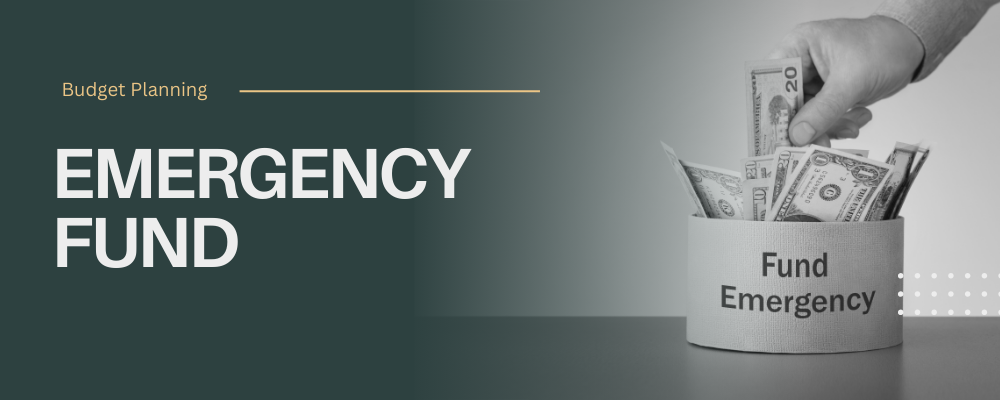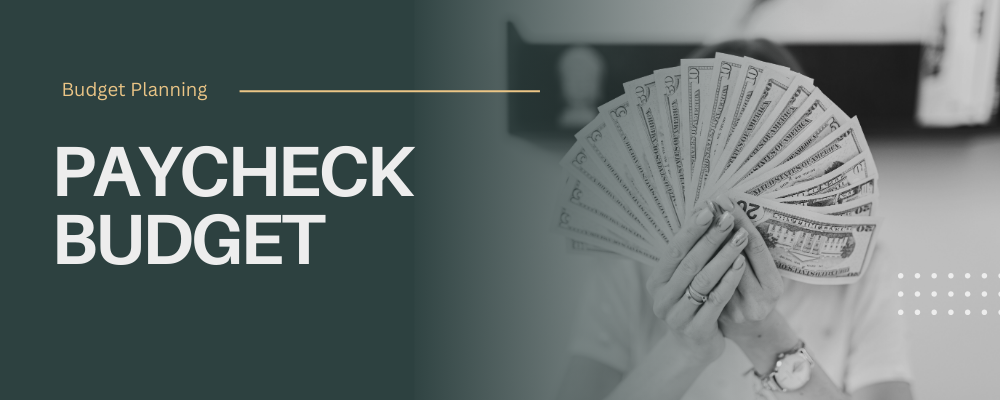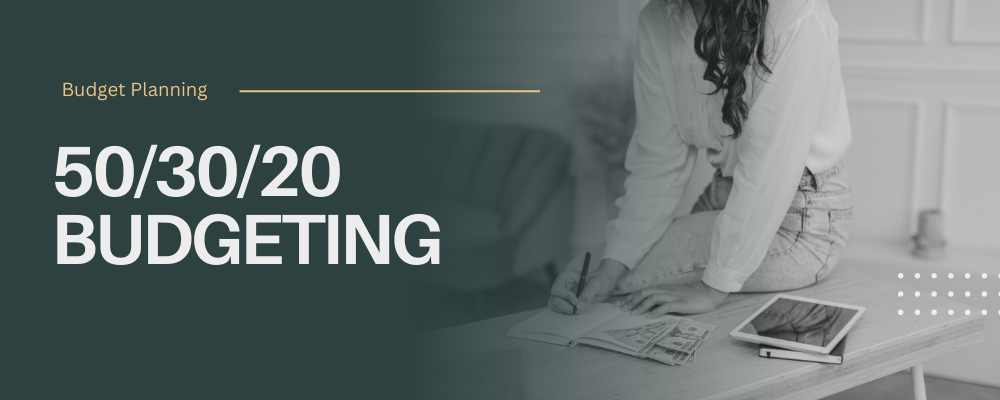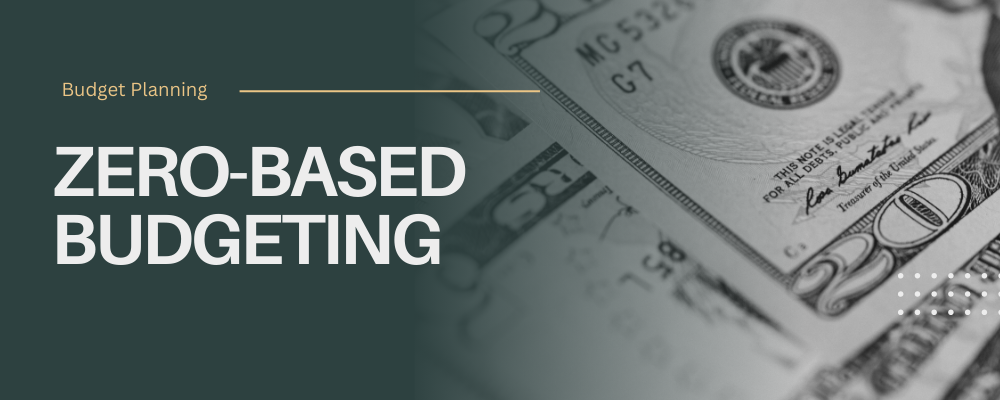Life is full of surprises, and while some are delightful, others can be, well, financially straining. That’s where an emergency fund steps in! Building this financial safety net can give you peace of mind when an unexpected medical bill, car repair, or job loss comes knocking.
By planning ahead and saving wisely, you can navigate these unplanned expenses without stress. Ready to learn how to safeguard your finances? Let’s dive into the essentials of starting your own emergency fund.
The Importance of an Emergency Fund
• Defining an Emergency Fund
An emergency fund is a financial safety net designed to cover unexpected expenses. Imagine it as a protective buffer, giving you peace of mind when life’s surprises come knocking. It should be a separate savings account that you can tap into when urgent, unforeseen expenses pop up, like car repairs, medical emergencies, or sudden job loss. Remember, the primary goal here is to ensure you’re not scrambling to find cash in an already stressful situation.
• The Role of an Emergency Fund in Financial Stability
Having an emergency fund is like having an umbrella on a rainy day: you hope you don’t need it, but you’re grateful it’s there when the storm rolls in. This fund is a critical component of financial stability because it helps you avoid going into debt when unexpected expenses arise. By dipping into your emergency fund instead of leaning on credit cards or loans, you maintain control over your finances and safeguard your long-term financial goals. It’s the cornerstone of a solid financial strategy, ensuring you don’t derail your progress every time a hiccup occurs.
How Much Should You Save?
• Assessing Your Monthly Expenses
The first step in building an emergency fund is understanding your current financial situation. Start by evaluating your essential monthly expenses. This includes things like:
– Rent or mortgage payments
– Utilities (like gas, electricity, water)
– Groceries
– Insurance premiums
– Transportation costs (such as gas, public transit, car maintenance)
Add these up to get a clear picture of what you need each month to stay afloat. This number will serve as the foundation for determining how much you should save.
• Setting a Savings Goal Based on Your Lifestyle
Once you’ve calculated your monthly expenses, it’s time to set a savings goal. A common recommendation is to have three to six months’ worth of living expenses tucked away in your emergency fund. However, the exact amount you should aim for can vary based on your personal circumstances and lifestyle.
Consider your job stability: Do you have a steady full-time job, or are you freelancing with less predictable income? Factor in potential job market fluctuations and any additional financial responsibilities you might have, like dependents or high ongoing medical costs.
– If you have a stable job and fewer dependents, aiming for three to four months of expenses might suffice.
– If your job is less stable or you’re supporting a family, consider saving closer to six months of expenses.
Keep in mind that setting an achievable savings goal will make the process less daunting and more motivating.
• Adjusting Savings Goals Over Time
Your emergency fund isn’t a set-it-and-forget-it affair. It’s important to revisit and adjust your savings goals as your life and financial situation evolve. Major life changes like a new job, moving to a more expensive area, or having children can shift your financial priorities.
Staying flexible is crucial. Regularly review your monthly expenses to see if they’ve increased or decreased, and adjust your savings plan accordingly. Even if your current fund seems sufficient, it’s wise to continue building it over time. Adding a small, regular contribution helps cushion against inflation and ensures you’re more than prepared for any curveballs life throws your way.
In essence, having an adjustable plan keeps you proactive and reduces financial stress. Building your emergency fund is an ongoing journey, not a one-time destination.
Effective Saving Strategies
Creating a robust emergency fund is all about being smart, strategic, and sometimes, a little creative. Let’s walk through some effective saving strategies to help you build a safety net that stands strong when life throws a curveball your way.
• Setting Up a Dedicated Savings Account
First things first, a dedicated savings account is a key player in your emergency fund strategy. It’s not just any savings account we’re talking about—it needs to be a separate one purely for emergencies. This separation helps you avoid the temptation to dip into your fund for non-emergencies. Look for an account that offers easy access (for when you need to act quickly), preferably with no monthly fees and a decent interest rate to keep your savings growing. Think of it as creating a special home for your rainy day money, safely tucked away but ready to spring into action whenever necessary.
• Automating Your Savings
Let’s face it, life gets busy. That’s where automating your savings steps in as a superhero. This is a simple, set-it-and-forget-it strategy. Decide on a certain amount you’d like to save from each paycheck and set up automatic transfers to your dedicated emergency account. Many banks offer this feature for free, and you won’t even notice the money leaving your checking account. It ensures you’re consistently building your fund without thinking about it. Make it a habit, like brushing your teeth, but for your finances!
• Cutting Unnecessary Expenses to Boost Savings
Sometimes building an emergency fund requires a little bit of sacrifice. It’s time to take a good look at your current spending habits. Are there expenses that could be trimmed or cut altogether? Here are some ideas:
– Cancel Subscriptions: Review monthly subscriptions and cancel those you rarely use. Whether it’s a magazine, streaming service, or a gym membership gathering dust, every little bit adds up.
– Dining Out: Limiting the number of times you eat out each month can free up a significant chunk of cash for your emergency fund.
– Energy Savers: Implement energy-saving tips around the home, like unplugging devices or lowering the thermostat, to slash those utility bills.
Remember, it’s all about making conscious decisions to prioritize savings over unnecessary expenditures.
When to Use Your Emergency Fund
So, you’ve built your emergency fund—congratulations! Now, knowing when and how to use it is key to preserving it for true emergencies. Let’s make sure you’re prepared to make the right call when life gets tricky.
• Identifying Legitimate Emergencies
Understanding what qualifies as a legitimate emergency is the first step in using your fund wisely. Emergencies typically include:
– Medical Emergencies: Sudden illnesses or accidents requiring immediate medical attention.
– Job Loss: An unexpected layoff or job termination.
– Major Car Repairs: Urgent fixes needed to keep your primary mode of transport functional.
– Home Repairs: Significant damages like a leaky roof or busted water heater that can’t wait.
Think of it this way: if it’s urgent, necessary, and unexpected, it likely qualifies as an emergency.
• Avoiding Pitfalls: Non-Essential Spending
Your emergency fund is not here for those tempting non-essential expenditures. It’s easy to convince yourself that a killer sale or a much-deserved vacation is a “must-have.” But these are precisely the pitfalls to avoid. Here are a few tips to keep temptation at bay:
– Set Clear Guidelines: Write down what constitutes an emergency for you and stick to it.
– Delay Gratification: If you’re tempted to dip into the fund for non-emergency purchases, delay the purchase decision for 24 hours. Chances are, the urge will pass.
– Accountability Partner: Have someone you trust who can hold you accountable whenever you’re contemplating a dip into your fund.
Remember, diligence today guarantees a safety net tomorrow. It’s your fund’s job to be there when it really matters.
Maintaining and Growing Your Fund
Congratulations! You’ve taken the first step towards financial resilience by building an emergency fund. But it’s not time to relax just yet. Maintaining and growing your fund is crucial to ensuring you’re always prepared for those unexpected expenses life throws your way.
• Reviewing and Replenishing After Use
One of the first things to remember is that your emergency fund isn’t a magical pot that refills itself. Once you’ve dipped into it, your priority should be refilling it to its optimal level. Here’s how:
– Evaluate the Situation: Review why you used the fund. Understanding this can help you anticipate and plan for similar expenses in the future.
– Set a Replenishment Goal: Decide on a timeline for replacing what you’ve spent, whether it’s over a few months or through more aggressive savings if possible.
– Automatic Transfers: Set up automatic transfers from your checking to your savings account. Even small amounts add up and help you reach your target faster without much effort on your part.
• Periodic Assessments and Adjustments
Just like maintaining a garden, your emergency fund needs regular check-ups. Here’s why periodic assessments are crucial:
– Life Changes: Did you get a raise, move to a new city, or start a family? Major life events can affect your financial needs, so revising the size of your emergency fund might be necessary.
– Cost of Living: Inflation and other economic factors can influence how much you need. Make sure your fund is still adequate to cover the basics for a few months.
• Investing to Increase Your Fund’s Value
Want your money to work even harder for you? Consider some low-risk investment options that can help grow your fund without putting it in jeopardy:
– High-Yield Savings Accounts: These accounts offer better interest rates compared to a standard savings account, giving you higher returns on your emergency fund.
– Certificates of Deposit (CDs): If you’re confident you won’t need to dip into your fund soon, CDs can offer higher interest rates for locking in your money for a set period.
– Money Market Accounts: These are a solid middle ground, providing the accessibility of a savings account with some of the benefits of investing.
By strategically reviewing, replenishing, and investing, you can ensure that your emergency fund not only stays intact but continues to grow, providing peace of mind no matter what life has in store.
Conclusion
Building an emergency fund is a critical part of your financial wellness journey. Life is full of surprises—some great and some not-so-great. By having a solid emergency fund in place, you’re better prepared to face the unexpected without derailing your financial goals.
Here are a few key takeaways:
– Start small: Even small savings add up over time.
– Consistency is key: Regular contributions help grow your fund.
– Stay committed: Keep your emergency fund for emergencies only.
With careful planning and perseverance, you’ll be well-equipped to handle whatever life throws your way, all while maintaining peace of mind. Start today and invest in your future security!
-
Savings Tracker Google Sheets Template
$15.00$30.00 -
Income and Expense Tracker Google Sheets Template
$27.00$54.00 -
Debt Payoff Tracker Google Sheets Template
$20.00$40.00





